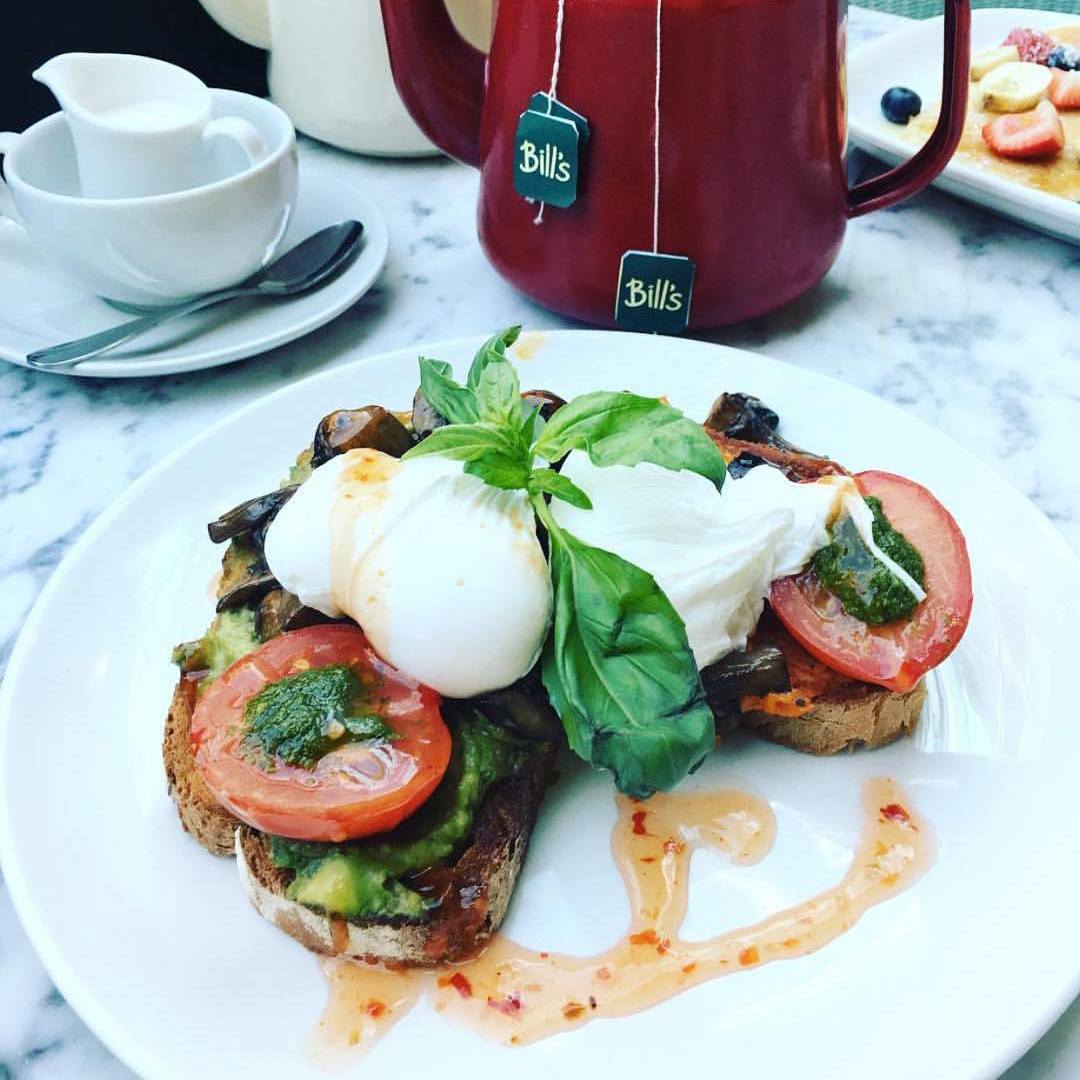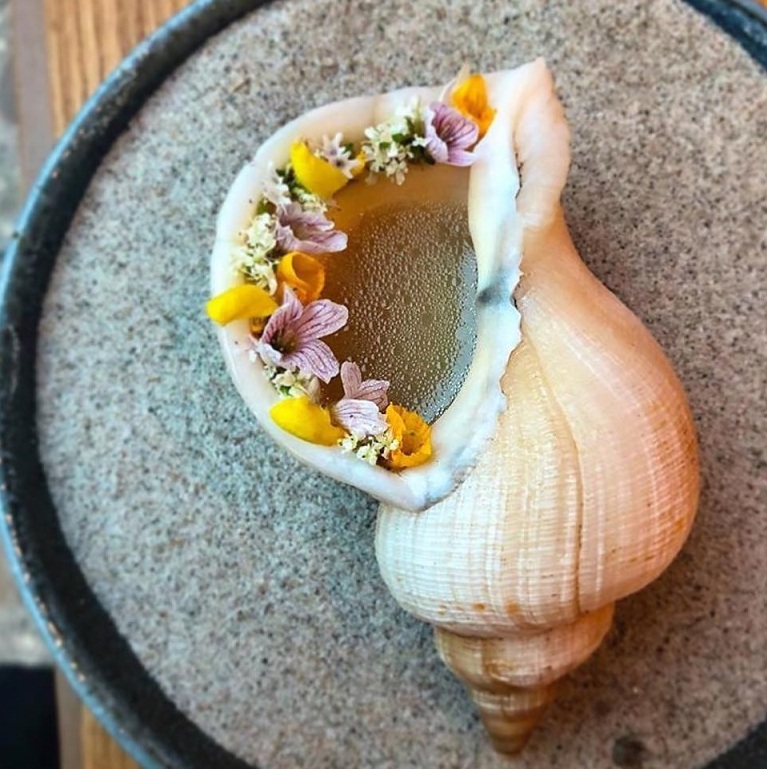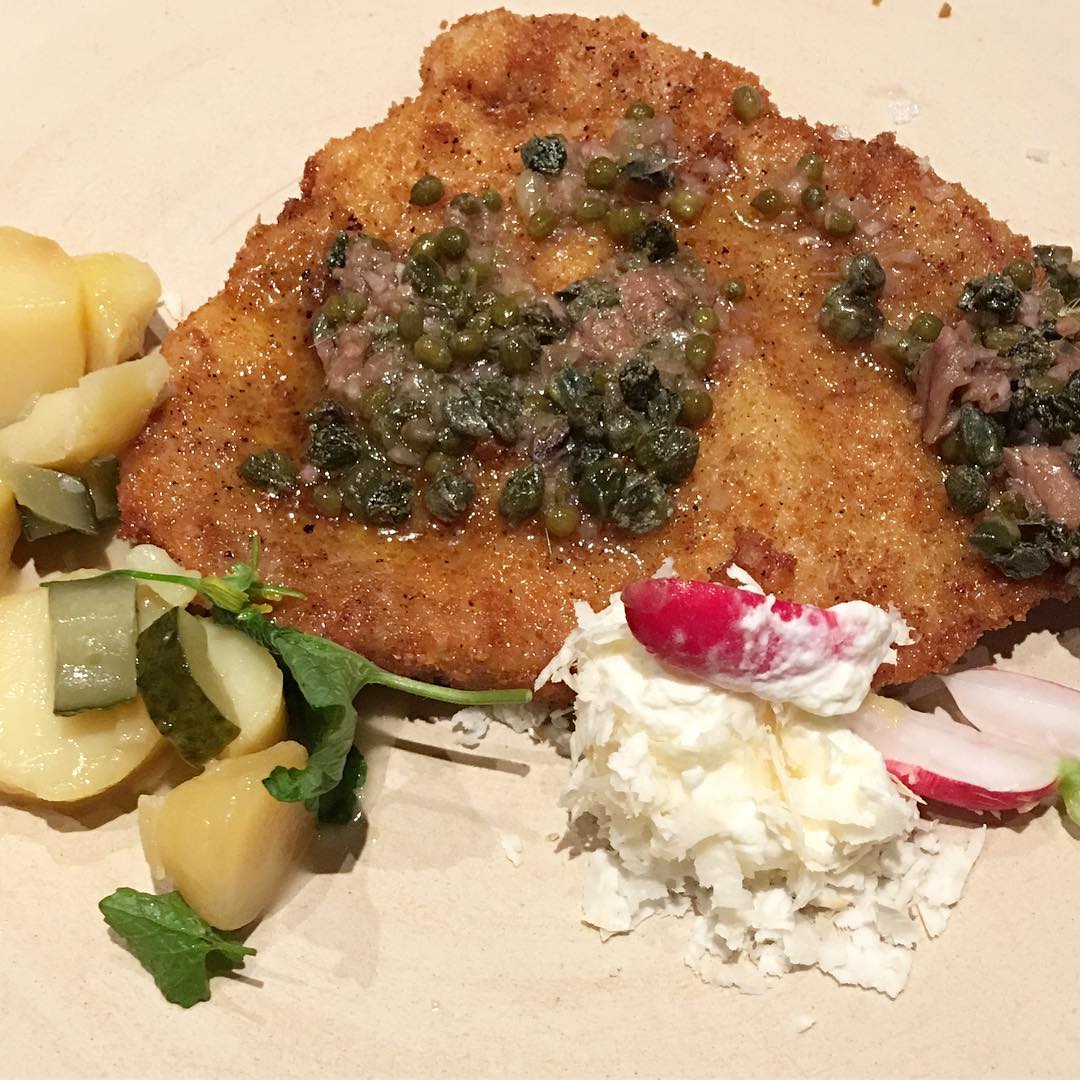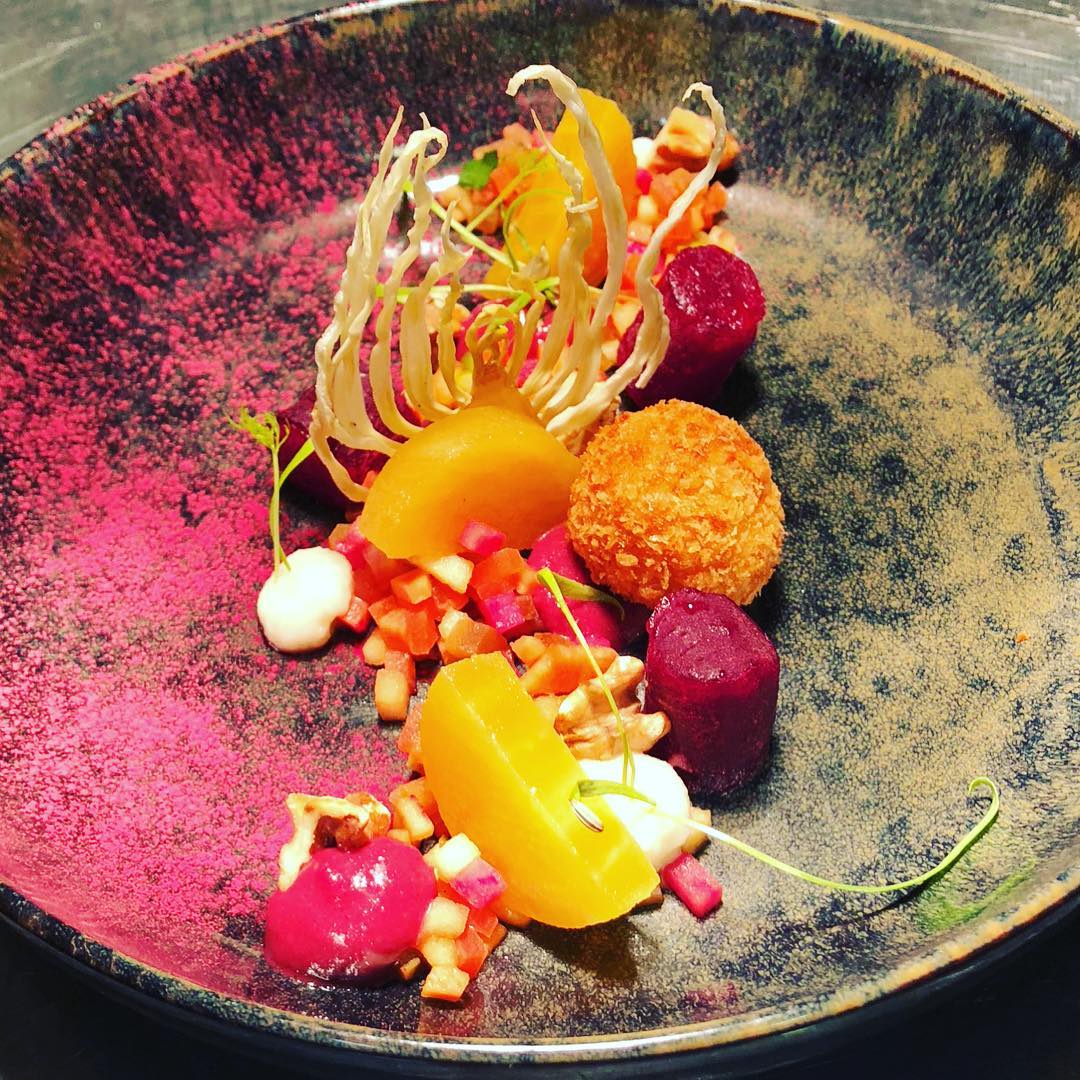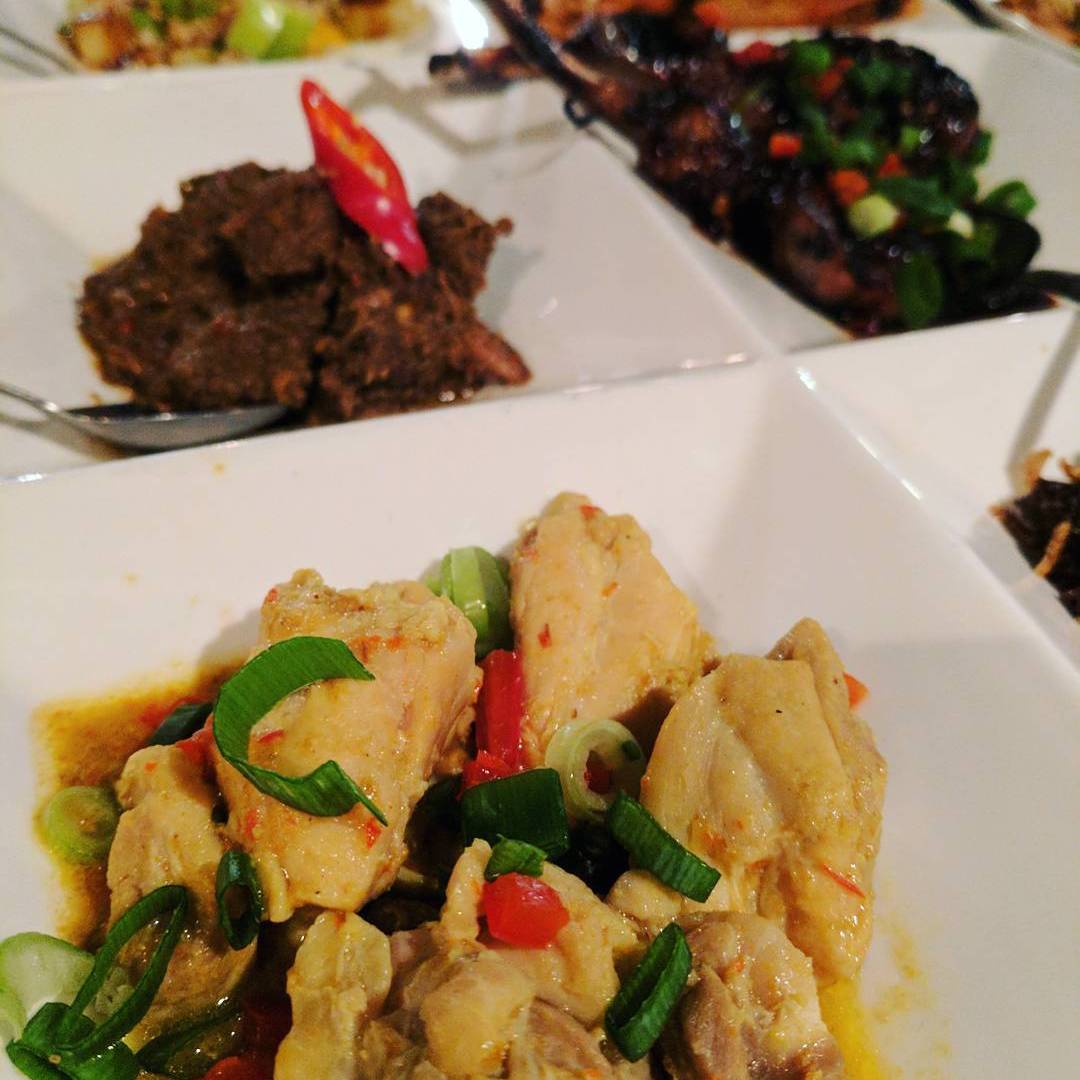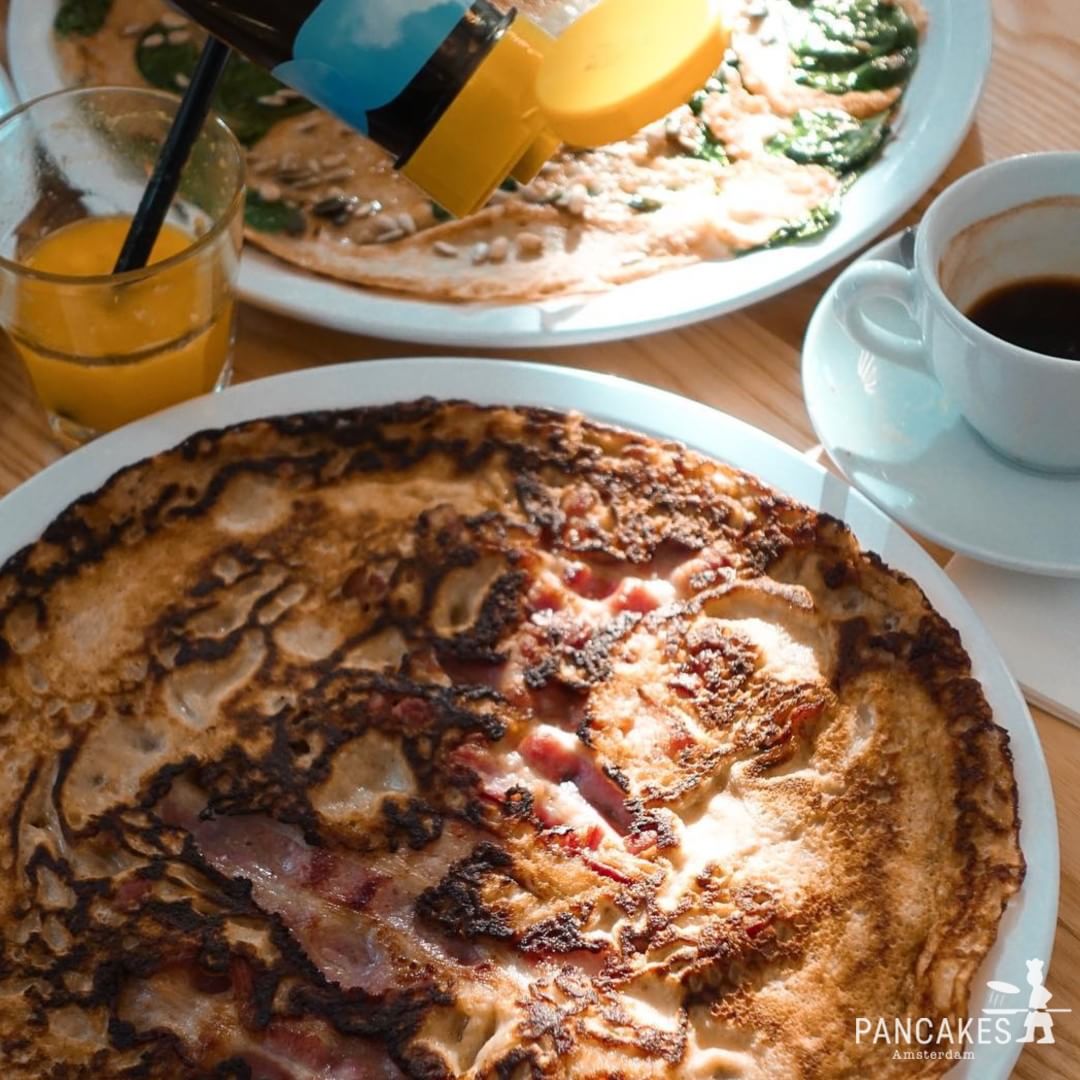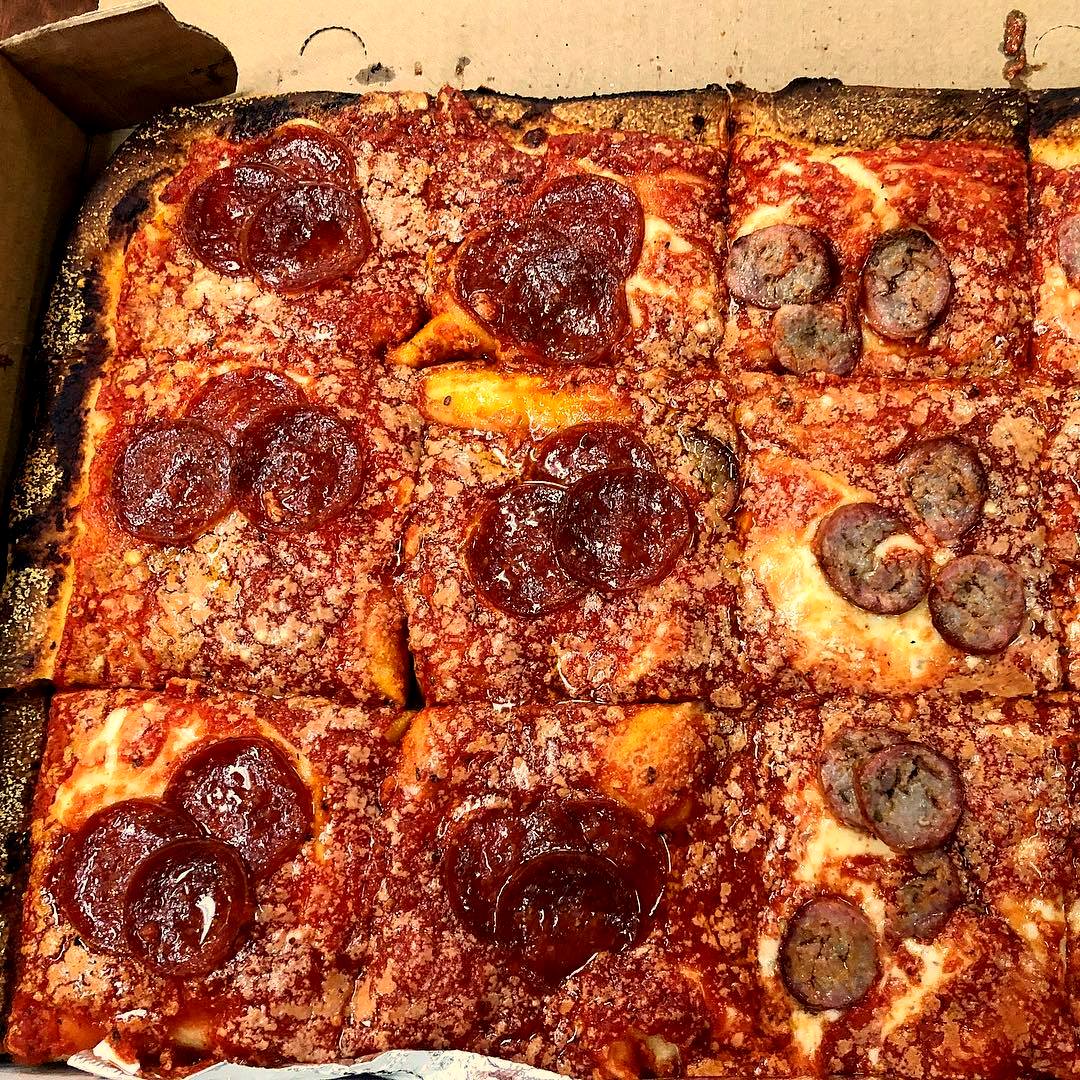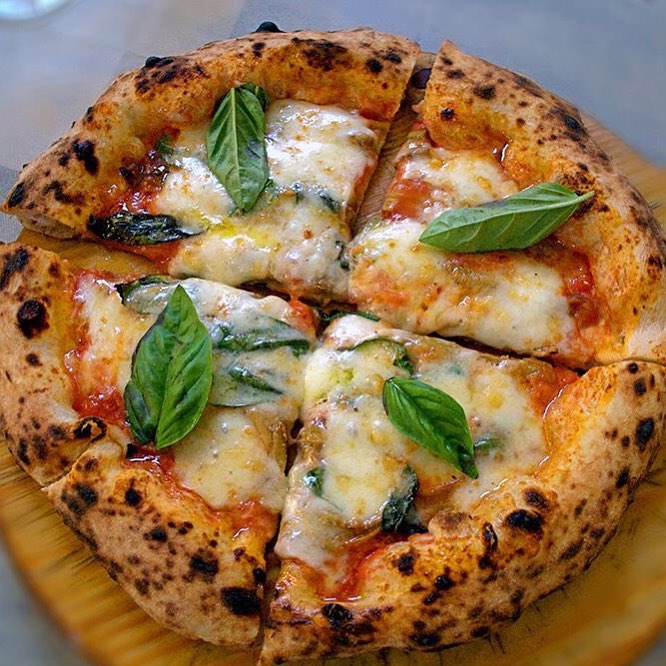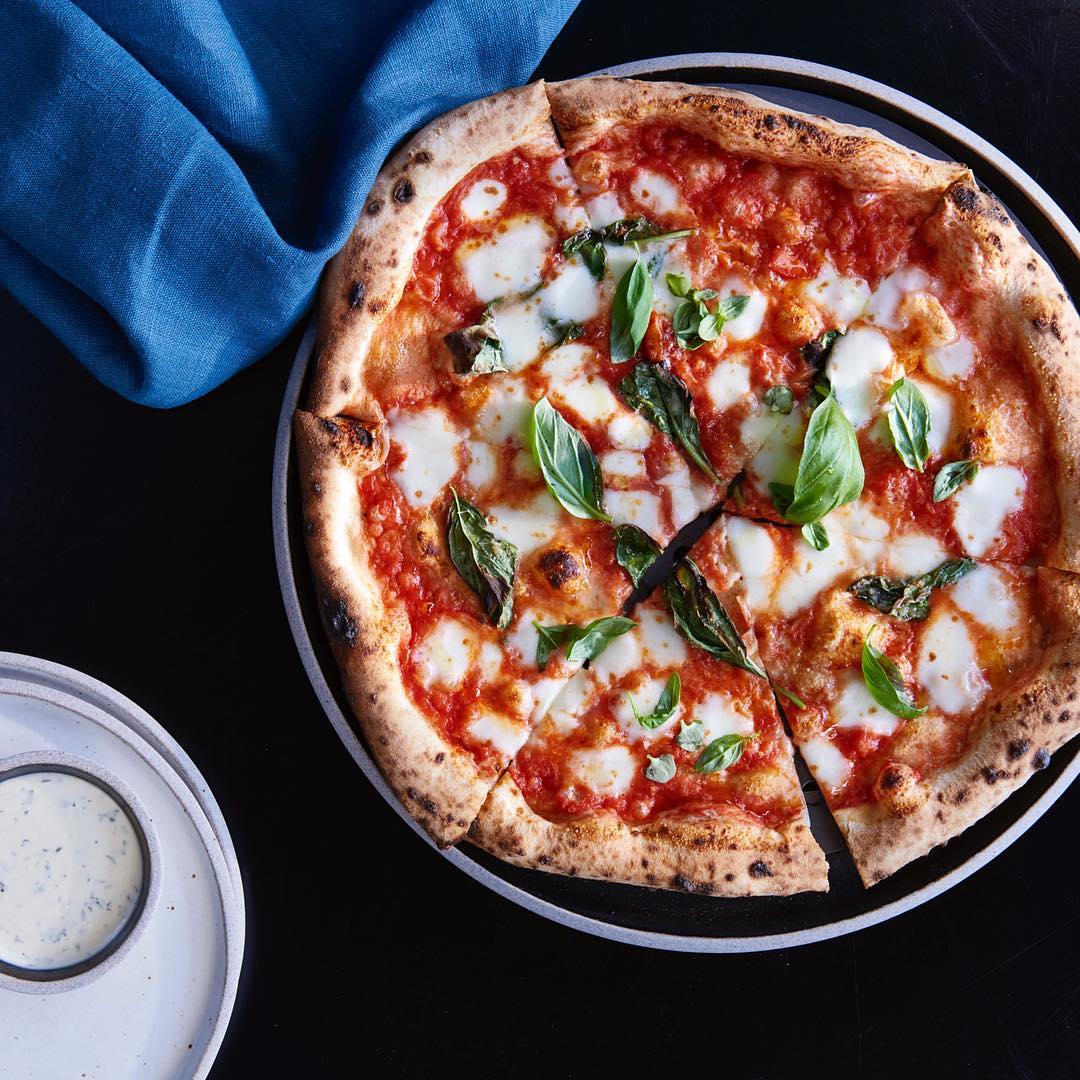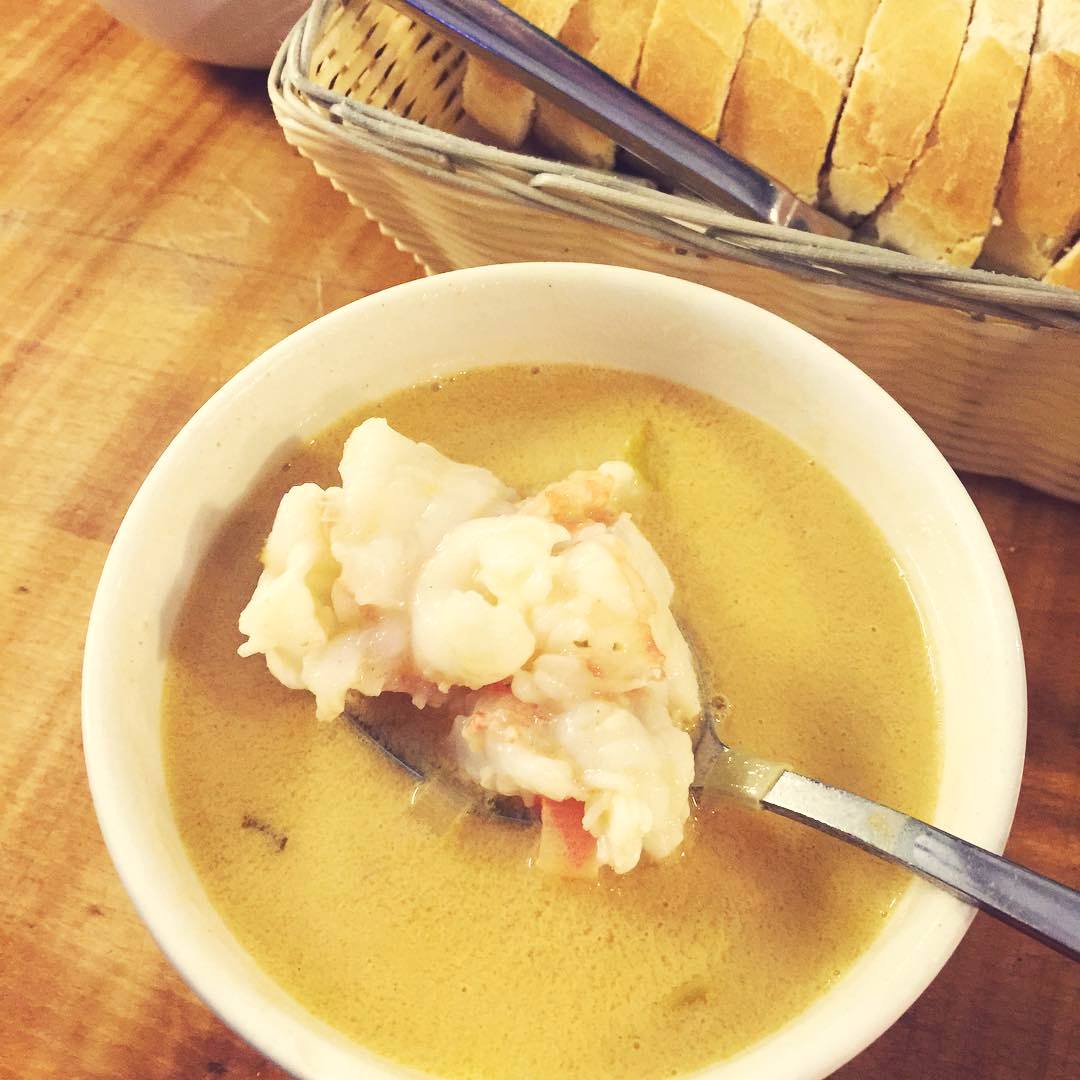Australian Chef Bill Granger was the first to put avocado toast on his menu in 1993. “I’ve always been a morning person,” he said. “And breakfast recipes are never too complicated – it is short-order cooking and I’m a short-order cook.” Granger’s most popular dish, avocado toast, was on the menu the day he opened. “It was a natural thing to do,” Granger said. “Australians are not a sweet-toast eating country – jam isn’t our thing – and avocado struck me as a healthier alternative.” For the perfect example of this simple, creamy, peppery dish, bite into his open-face sandwich of multi-grain bread lathered with mashed avocado, salt, pepper, olive oil and lemon juice, finished with a dusting of red pepper flakes.
One of the most influential chefs and restaurants of the last decade is René Redzepi's Noma, deemed "one of the world's best restaurants" worldwide. In late 2017, he reopened Noma in a new space and location. With the same "eat local" philosophy he's become so famous and respected for and new inspiration from his many travels and Noma "pop-ups", comes Noma 2.0. What happens here is far more than just cooking, and calling it a restaurant barely scratches the surface. The dedication to research and development, improved cooking techniques, aromas, fermentation and flavours make it a culinary laboratory, let alone a world class kitchen. The restaurant now features menus which focus on a specific season and area of Denmark. While there are some mind-blowing courses, there are also some less agreeable on the palate; nonetheless inspiring and interesting. It definitely pushes boundaries and brings food that is familiar and non-familiar to the table (depending on your cultural upbringing).
It's not another Scandinavian restaurant or close to a "baby Noma", although it is considered its more casual sister. Located in the old Noma space, Barr is the brainchild of chef Thorsten Schmidt and partner René Redzepi. The theme is inspired by the food and drink culture of the North Sea (Scandinavia, Germany, Benelux and the British Isles). It's comforting, homey, and rustic. Although there are Danish meatballs, the dishes are not all native to Denmark, but the ingredients are. They celebrate classic dishes and embrace them for their simplicity and familiarity. This is food encouraged with beer, hence the 20 traditional-style craft beer taps worth sampling. Signature dishes include bone marrow glazed Belgian waffles served with lumpfish roe and an incredible free-range schnitzel Wiener art (non-veal schnitzel) that gives Austria a run for its money.
There’s very little Dutch food in Amsterdam that’s both sophisticated and true to its traditions. But Floreyn walks that line perfectly. Think bitterbal, but then filled with Messeklever cheese and served with smoked beetroot, radish, apple and fennel. Or mustard soup that’s been deconstructed into a clear broth with a cheese foam and three types of mustard. Even dessert uses local, seasonal vegetables: carrot and parsnip ice cream with a sweet hutspot and citrusy crème Brulee. This is very accomplished cooking that stays true to its Dutch roots. It may not be cheap, but the quality of Floreyn’s food and wines, as well as its great location in de Pijp, is more than worth the price tag.
The rijsttafel (literally: rice table) at Indonesian Kitchen may seem a little expensive compared to others in Amsterdam, but then again the restaurant is right in the middle of the Canal Belt – and besides, you do get quite a lot of bang for your buck. After a trio of starters, a spicy fish soup, and some chicken and goat satay skewers, you’ll move onto the rijsttafel proper: a collection of eight small, spicy dishes to share. There are classics like beef rendang, gado-gado, and a spicy chicken curry. But there are also some less obvious dishes: shell-on king prawns came with a tasty sambal that lent a welcome hit of chilli, for example. Meanwhile, lamb cutlets were still pink in the middle and served with a sweet soy sauce much like the goat satay earlier. A good pick for tasty Indonesian food in the heart of the touristy Canal Belt area.
Everyone loves pancakes, child or adult. And I particularly enjoy the weird and wonderful toppings on offer at Pancakes! (with that annoying exclamation mark). I tried one of the house specials: camembert, ham, chicory and raspberry sauce, while my other half went for a sweet-n-savoury combo of bacon, bananas and chilli. They both sound very odd to anyone who grew up on English pancakes (sugar and lemon were about as exciting as they got in my house), French crepes (although you can’t beat a Nutella crepe) or fat American blueberry pancakes. But they’re totally moreish so don’t knock ‘em till you’ve tried ‘em.
L&B is an overlooked neighbourhood gem that makes the best Sicilian pizzas in the world. They put the cheese on first and achieve an astonishing meld between the dough and the cheese that is nearly inseparable. I have not seen such a fusion anywhere else. The tomato sauce is simply delicious and could easily be consumed as a soup. Finally, the super charred crust is thinner than the pie itself, which is another rare feature and, thus, the burnt corner pieces are to be fought over. Thick crusts like this are out of favour in a low-carb world, but this old-school treasure is worth it, even if you can only make it through a single square, corner slice.
Francesco Martucci, considered one of the best pizza chefs in Italy, creates his masterpieces in Caserta, the home of Buffalo Mozzarella. His pizzas are as modern in concept as they are rich in tradition. Martucci, who makes more than 900 pizzas daily, is famous for his pizza “a canotto,” with a thick bordering crust, or outer edge (canotto means “lifeboat” in Italian). A connoisseur of pizza fillings, he uses his light and nutty crust to showcase such elaborate toppings as escarole, local olives and anchovies, poached sausage and local burrata (mozzarella with a cream center).
Chef Daniele Uditi grew up near Caserta, the buffalo mozzarella capital of Italy. Since his parents were bakers, maybe it was inevitable he would become a talented pizziola? He imports his cheese three times a week from his hometown in Italy. He also imports San Marzano DOP tomatoes which he uses to make one of America’s most delicious sauces simmering hours before being used on the house special neo-margherita. The dough is proofed for 60 hours in a wood bucket and is kneaded by hand. The pie is then dusted with herby breadcrumbs to add depth to the flavours. They pizza thin crusted like napolitan pies but are crispier and hold together like their Roman cousins. The pizza is served on a metal grid which Daniele invented which allows the crust to breathe and avoid getting soggy from the steam or from wayward sauce when cut.
Read Josh's blog here: https://tinyurl.com/yb6tnzkc
Kjartan Halldórsson, a chef, fisherman and entrepreneur, turned his fish shop into a restaurant and created a legend. At his Sea Baron restaurant on the Reykjavik harbour, the retired Coast Guard chef created a recipe for what has been called the “world’s greatest lobster soup.” Bouillon crafted from a blend of lobster shells, halibut skin and salmon skin, combines with heavy cream, spices and succulent lobster meat. It’s served with the toast to savour every drop. Just look for the green fisherman’s hut, where you can taste the creamy, salty and delicious lobster soup for yourself. Also famous for fresh seafood barbequed on skewers, the grill spears feature trout, salmon, shrimp, cod, scallops, redfish, catfish, plaice and more.


